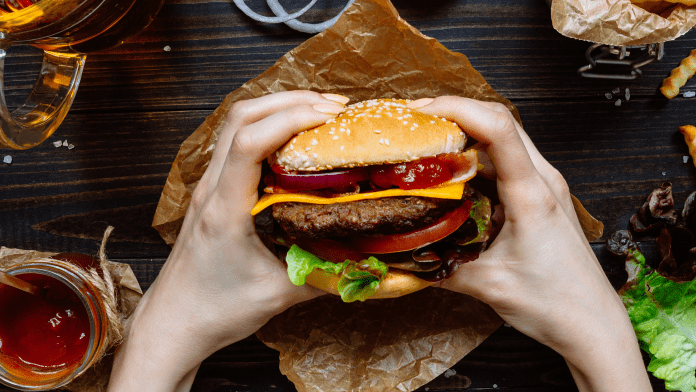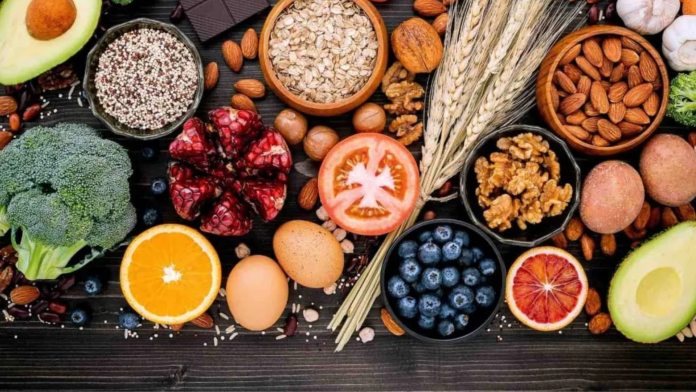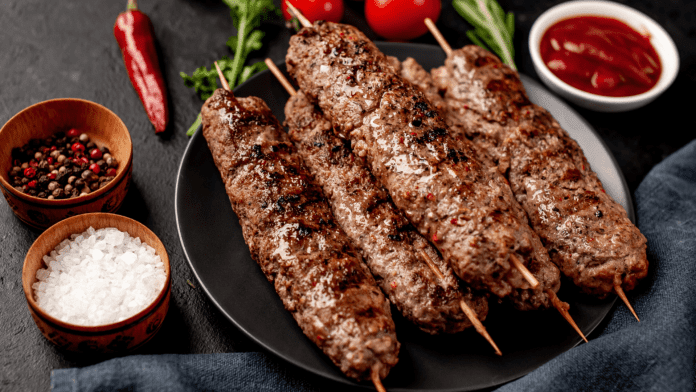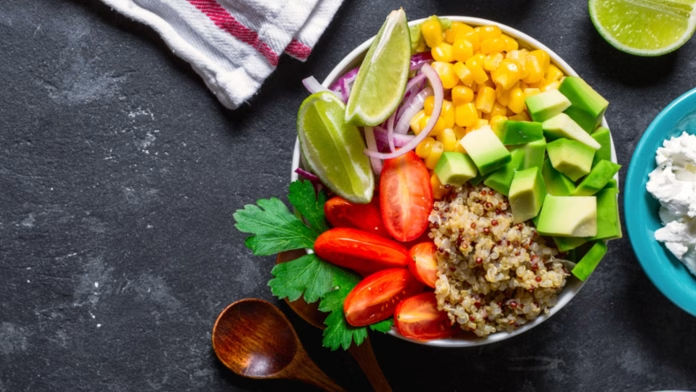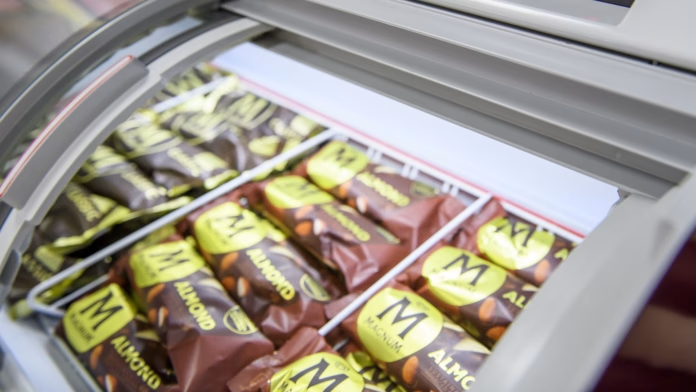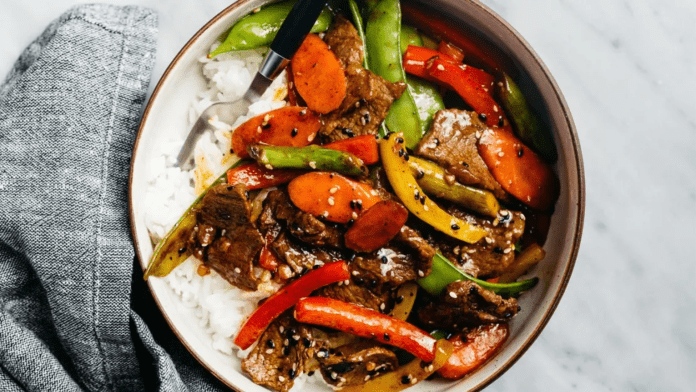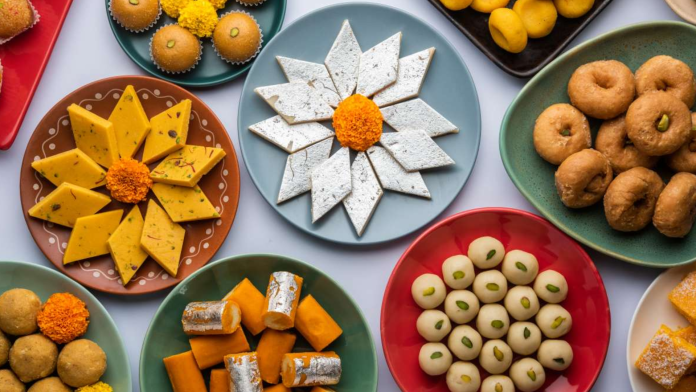When it comes to maintaining a healthy lifestyle, many people incorporate a cheat meal into their diet. A cheat meal is a meal that deviates from one’s typical healthy diet, allowing the individual to indulge in their favorite foods without guilt. While cheat meals can be a great way to satisfy cravings and boost motivation, there are concerns about how they may be harming the liver.
The liver is a vital organ that plays a crucial role in many bodily functions, including digestion and metabolism. It is responsible for processing nutrients, detoxifying the body, and producing bile, which helps to break down fats. When the liver is not functioning properly, it can lead to serious health issues, including liver disease and liver failure. In this article, we will explore whether cheat meals are harming the liver and what experts have to say about the topic.
What is a Cheat Meal?
A cheat meal is a planned deviation from a person’s regular diet. It typically involves consuming foods that are high in calories, fat, and sugar that may not be part of a person’s typical diet. Cheat meals are often used as a reward for sticking to a healthy eating plan and can help to increase motivation by providing a break from strict dietary restrictions.
While cheat meals can be beneficial for mental health and motivation, there are concerns that they may harm the liver. Consuming high amounts of unhealthy foods, even on occasion, can cause damage to the liver and increase the risk of liver disease.
How Does the Liver Work?
The liver is one of the largest organs in the body and plays a crucial role in many bodily functions. It is responsible for processing nutrients, filtering toxins from the blood, and producing bile to aid in digestion. The liver is also responsible for regulating blood sugar levels, storing vitamins and minerals, and producing proteins that help with blood clotting.
The liver receives blood from two sources: the hepatic artery, which supplies oxygen-rich blood to the liver, and the portal vein, which carries blood from the digestive organs to the liver. Once the blood enters the liver, it is filtered and processed before being sent back into the bloodstream.
How Can a Cheat Meal Harm the Liver?
Consuming a cheat meal can harm the liver in several ways. One of the main concerns is the high intake of fats and sugars found in many cheat meals. When the liver is exposed to high amounts of fats and sugars, it can lead to an accumulation of fat in the liver, known as non-alcoholic fatty liver disease (NAFLD).
NAFLD is a condition in which the liver contains excessive amounts of fat that can cause inflammation and damage to liver cells. Over time, this can lead to scarring of the liver, known as cirrhosis, which can eventually lead to liver failure.
Another way that cheat meals can harm the liver is by increasing the production of free radicals. Free radicals are unstable molecules that can damage cells and contribute to the development of many diseases, including liver disease. Consuming high amounts of unhealthy foods, even on occasion, can increase the production of free radicals in the liver, leading to oxidative stress and damage to liver cells.
The Role of Fats and Sugars in Liver Damage
Before we dive into the specifics of cheat meals and liver damage, it’s important to understand the role of fats and sugars in liver health. The liver is a vital organ that plays many roles in the body, including breaking down and metabolizing nutrients from the food we eat. One of the liver’s primary functions is to convert glucose (sugar) into glycogen, which is stored in the liver and used as a source of energy when glucose levels in the blood are low.
When we consume excess fats and sugars, our liver has to work harder to process them. Over time, this can lead to a condition called nonalcoholic fatty liver disease (NAFLD). NAFLD is a condition in which excess fat accumulates in the liver, causing inflammation and damage to liver cells. NAFLD is becoming increasingly common in the Western world, and experts believe that it’s largely due to the high levels of sugar and fat in our diets.
Cheat meals, by definition, are high in fats and sugars. A typical cheat meal might include pizza, ice cream, or other foods that are high in fat, sugar, and calories. While indulging in a cheat meal once in a while may not cause immediate harm, over time, frequent cheat meals can contribute to the development of NAFLD.
The Importance of Moderation
Does this mean you should never indulge in a cheat meal? Not necessarily. The key is moderation. If you eat a healthy, balanced diet most of the time, the occasional cheat meal is unlikely to cause significant harm. However, if you’re regularly consuming high-fat, high-sugar foods, it’s important to be aware of the potential impact on your liver health.
Experts recommend that individuals limit their intake of added sugars and saturated fats. The American Heart Association recommends that no more than 10% of your daily calories come from added sugars, and no more than 5-6% come from saturated fats. When planning your cheat meal, keep these recommendations in mind. Instead of indulging in a whole pizza or pint of ice cream, opt for a smaller portion size and balance it out with some healthier options, such as a side salad or vegetable-based dish.
Tips for a Healthier Cheat Meal
Here are some tips for a healthier cheat meal:
- Plan ahead: If you know you’ll be indulging in a cheat meal, plan for it ahead of time. Try to make healthier choices leading up to the meal, such as consuming more fruits and vegetables and drinking plenty of water.
- Watch portion sizes: Instead of going all-out and consuming an entire pizza or pint of ice cream, try to limit portion sizes. Opt for a smaller slice of pizza or a single scoop of ice cream instead.
- Balance your meal: When consuming a cheat meal, try to balance it out with healthier options. For example, if you’re having a burger, skip the fries and opt for a side salad instead.
- Avoid frequent indulgences: While it’s okay to indulge in a cheat meal every once in a while, try to avoid making it a regular habit. Consuming too many cheat meals can increase your risk of developing liver damage and other health conditions.
While cheat meals can be a source of comfort and indulgence, it’s important to be mindful of their impact on our liver and overall health. By planning ahead, watching portion sizes, balancing meals, and avoiding frequent indulgences, we can still enjoy our favorite foods while maintaining a healthy liver.

